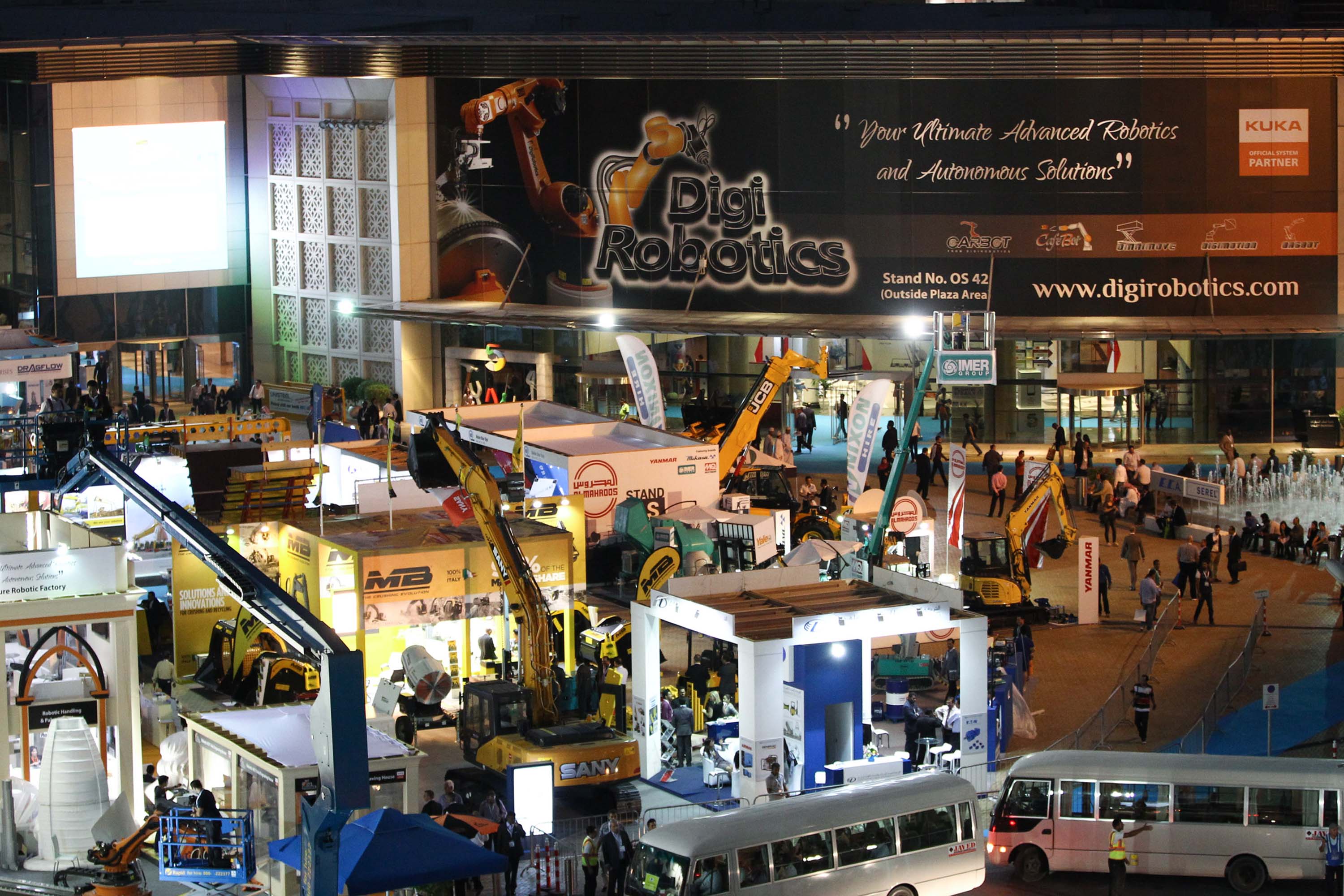Ongoing improvements in concrete materials promise to increase the lifespan of infrastructure components, improve safety and resilience, and reduce maintenance needs. New and novel materials can have a significant impact on the durability and long-term environmental and economic benefits for civil structure projects across the Middle East. According to Dr. Antonio Nanni, Chair of the Department of Civil, Architectural and Environmental Engineering at the University of Miami and speaker at the upcoming Middle East Concrete 2016 in Dubai, UAE, the challenge is to bring new life to existing structures using alternative techniques for the rehabilitation important to the safety and preservation of the infrastructure.
For the past 30 years, Dr. Nanni has studied concrete and advanced composites-based systems as the principal investigator on a number of projects sponsored by federal and state agencies and private industry in the United States. His research in materials and structures has impacted the work of several technical committees in the U.S. and abroad. He is also the co-director of two federally funded centers: NSF Industry/University Cooperative Research Center for the Integration of Composites into Infrastructure, and the U.S. Department of Transportation’s University Transportation Center on Research on Concrete Applications for Sustainable Transportation.
At his workshop titled “Fabric Reinforced Cementitious Matrix (FRCM) Composites for Infrastructure Strengthening” taking place on Monday 21 November 2016 at Middle East Concrete at the Dubai World Trade Centre, attendees will discover the fundamental properties of FRCM as a strengthening material system, its advantages and how it has been used in projects around the world.
“Perhaps the greatest technical challenge we face in this day and age is that of maintaining the safety and structural integrity of our building stock – from the transportation infrastructure to nuclear power plants,” explains Dr. Nanni who, as a structural engineer, is interested in the structural performance and field application of construction materials, including monitoring and renewal, and the sustainability of buildings and civil infrastructures.
“Our society and our economy need it, but the challenge becomes even greater because of the expectations of the general public. Even though most structures have already exhausted (and rather successfully) their intended design life, we are required to inject new life into them, oblivious of their obsolescence,” he adds.
According to Dr. Nanni, an FRCM is a composite material consisting of one or more layers of cement-based matrix reinforced with dry fibers in the form of open mesh or fabric. The cement-based matrixes are typically made of combinations of portland cement, silica fume, and fly ash as the binder. When adhered to concrete or masonry structural members, they form an FRCM system that acts as supplemental, externally bonded reinforcement.
“FRCM is rising on the horizon as one of the possible tools in the concrete and masonry repair toolbox,” says Dr. Nanni. “Its advantages are similar to those of fiber reinforced polymer (FRP) composites (i.e. strength, lightness and ease of application), but also include compliance with the substrate, heat resistance and long-term durability. Commercial projects undertaken in Europe and the U.S. are a demonstration of the system’s potential.”
The extreme environment in the Arabian Gulf, characterised by its extreme high temperature, severe humidity, and high chloride content in soil and concrete materials, is the main cause of corrosion in the reinforcing steel bars in concrete structures. Condition surveys on reinforced concrete (RC) structures in the Gulf showed an alarming condition of deterioration denoted by a reduced lifespan of the structures of between 10-15 years. Coastal structures suffered from extensive carbonation and chloride attack, which caused reinforcement corrosion, cracks, and concrete spalling after 10 years of their age.
“The cost of rehabilitation and strengthening is usually estimated in the millions of dollars and, therefore, looking for a reliable technique to confront corrosion consequences represents a challenge for both researchers and practicing engineers in the region,” Dr. Nanni explains.
Currently there are no RC-strengthening applications in the Gulf region using FRCM, says Dr. Nanni. However, The Qatar Foundation has funded an important research program on this project led by the University of Qatar.
From a design perspective, there are many things that should be considered when using FRCM. The American Concrete Institute (ACI) has published an important document that addresses the use of FRCM: ACI 549.4R-13 “Guide to Design and Construction of Externally Bonded Fabric-Reinforced Cementitious Matrix (FRCM) Systems for Repair and Strengthening Concrete and Masonry Structures.”
“This guide addresses the history and use of FRCM system repair and strengthening, their unique material properties and recommendations on their design, construction, and inspection,” says Dr. Nanni. “Guidelines are based on experimental research, analytical work, and field applications.”


